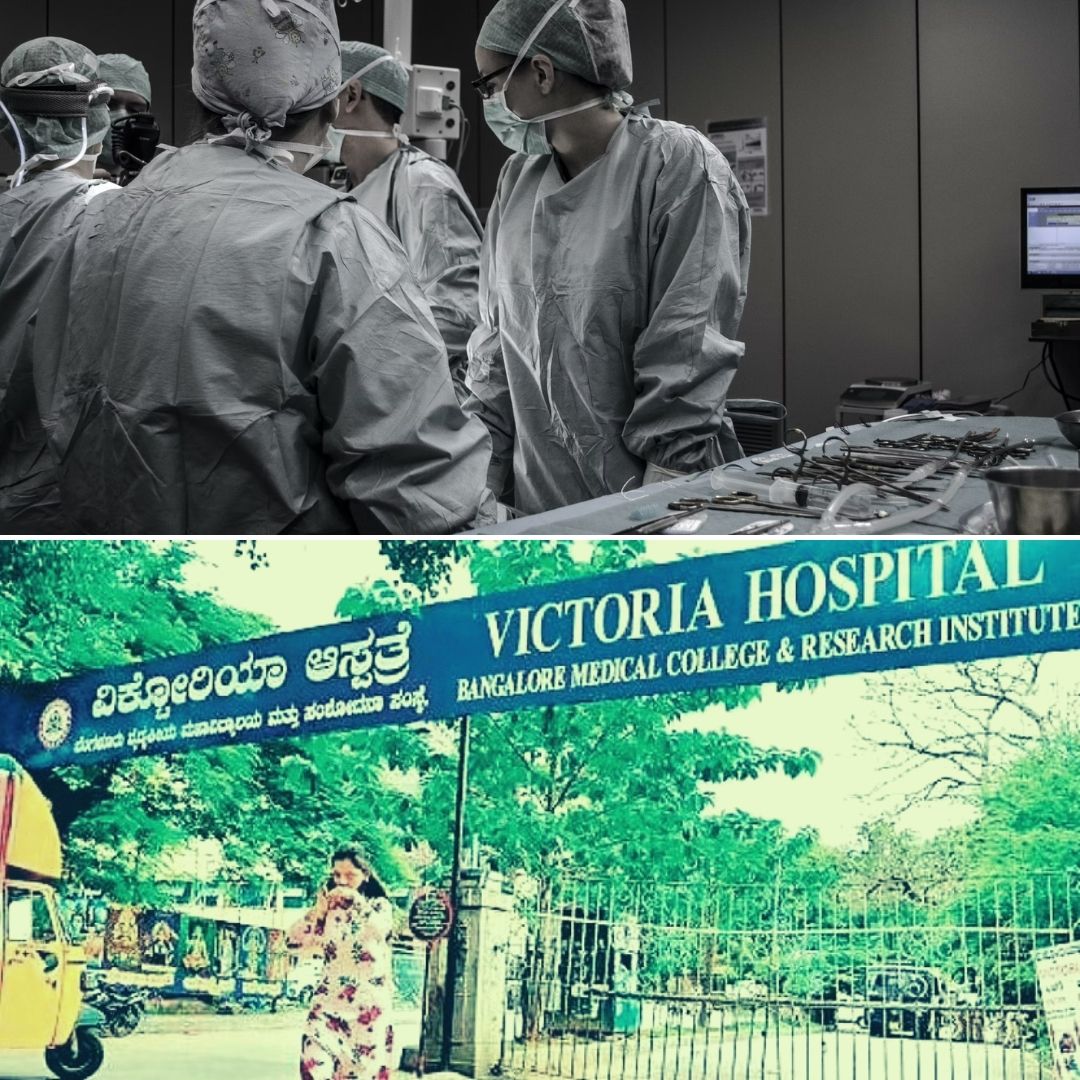
Image Credit- The New Indian Express, Unsplash (Representational)
Bengaluru's Victoria Hospital Donates Skin For Treatment Of Acid Attack Victim
Writer: Shiva Chaudhary
A post-graduate in Journalism and Mass Communication with relevant skills, specialising in content editing & writing. I believe in the precise dissemination of information based on facts to the public.
Karnataka, 4 May 2022 9:58 AM GMT | Updated 4 May 2022 1:23 PM GMT
Editor : Snehadri Sarkar |
While he is a massive sports fanatic, his interest also lies in mainstream news and nitpicking trending and less talked about everyday issues.
Creatives : Shiva Chaudhary
A post-graduate in Journalism and Mass Communication with relevant skills, specialising in content editing & writing. I believe in the precise dissemination of information based on facts to the public.
The tertiary care burn unit at the Hospital itself gets about five to six patients with second and third-degree burns per day treated using the skin from their bank. At the same time, there are also several requests from other hospitals.
The St John's Hospital in Bengaluru has sought skin for grafting for the acid attack victim from the skin bank at Victoria Hospital, which is the first such bank in Karnataka and the second-largest in India.
The 25-year-old victim was attacked by her jilted lover in her office of a private finance company on Thursday, April 28. She suffered 30 per cent burns and is under treatment at St John's Hospital, reported Deccan Herald.
Gap In Skin Demand And Donation
Skin donation is an uncommon phenomenon in the country; however, since the beginning of the skin bank, families of at least 139 deceased people have donated the skin of their members and relatives to the skin bank.
There is a considerable gap seen between the skin demand and donation. The tertiary care burn unit at Victoria Hospital itself gets about five to six patients with second and third-degree burns per day treated using their bank's skin. At the same time, there are also several requests from other hospitals.
How Do Banks Collect The Skin?
As per the international protocols, the skin bank collects the skin from eligible deceased donors, processes it, preserves it, and finally distributes it.
Dr Smitha S Segu, Professor, Head of Unit, department of plastic surgery, explained that the skin could be retrieved from healthy deceased donors who died of natural causes and are aged 18 years and above. The skin can be harvested from them within six hours of death by an expert team, in a hospital, at home, or in the mortuary. The harvested skin is then transferred to a laboratory or skin bank, where it is processed and stored in freezers.
Smitha said that there is no matching needed, but the donor's blood sample is collected to check for serology, and the skin is cultured to ensure no bacterial growth, reported The New Indian Express.
Insufficient Skin Banks
Going with the statistics, the country registers over 80 lakh burn cases per year, with almost 1.4 lakh death annually and 4 lakh suffering from disabilities. As many as 70 per cent of patients hospitalised are a result of kitchen or workplace-related accidents, along with the attempts of suicide and homicide.
Smitha noted that yet there are only 16 skin banks in India and two in Karnataka, including one at Victoria Hospital and the other at KLES in Belagavi.
Also Read: In Honour Of Martyred IFS Officer, Karnataka Forest Department Restores His Jeep Into Memorial
 All section
All section














